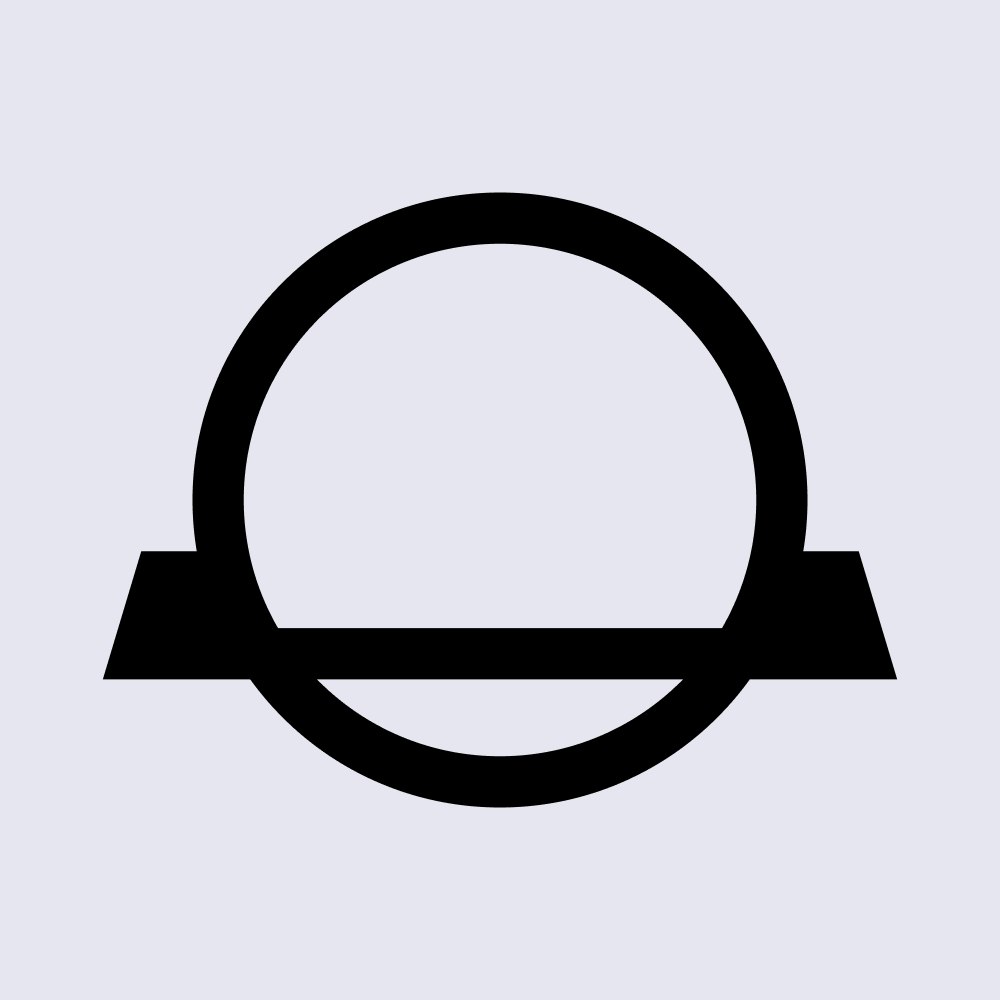Get $20 in free Bitcoin when you sign up and buy $50+ in crypto before January 31, 2026. Terms apply.
What is Real World Asset Tokenisation? Here is the Explainer
Learn how real-world asset tokenisation is transforming industries, solving problems, and creating opportunities.
In this article...
- Tokenisation addresses accessibility issues in traditional asset markets.
- It unlocks new possibilities for fractional ownership
- Learn what problems tokenisation solves.
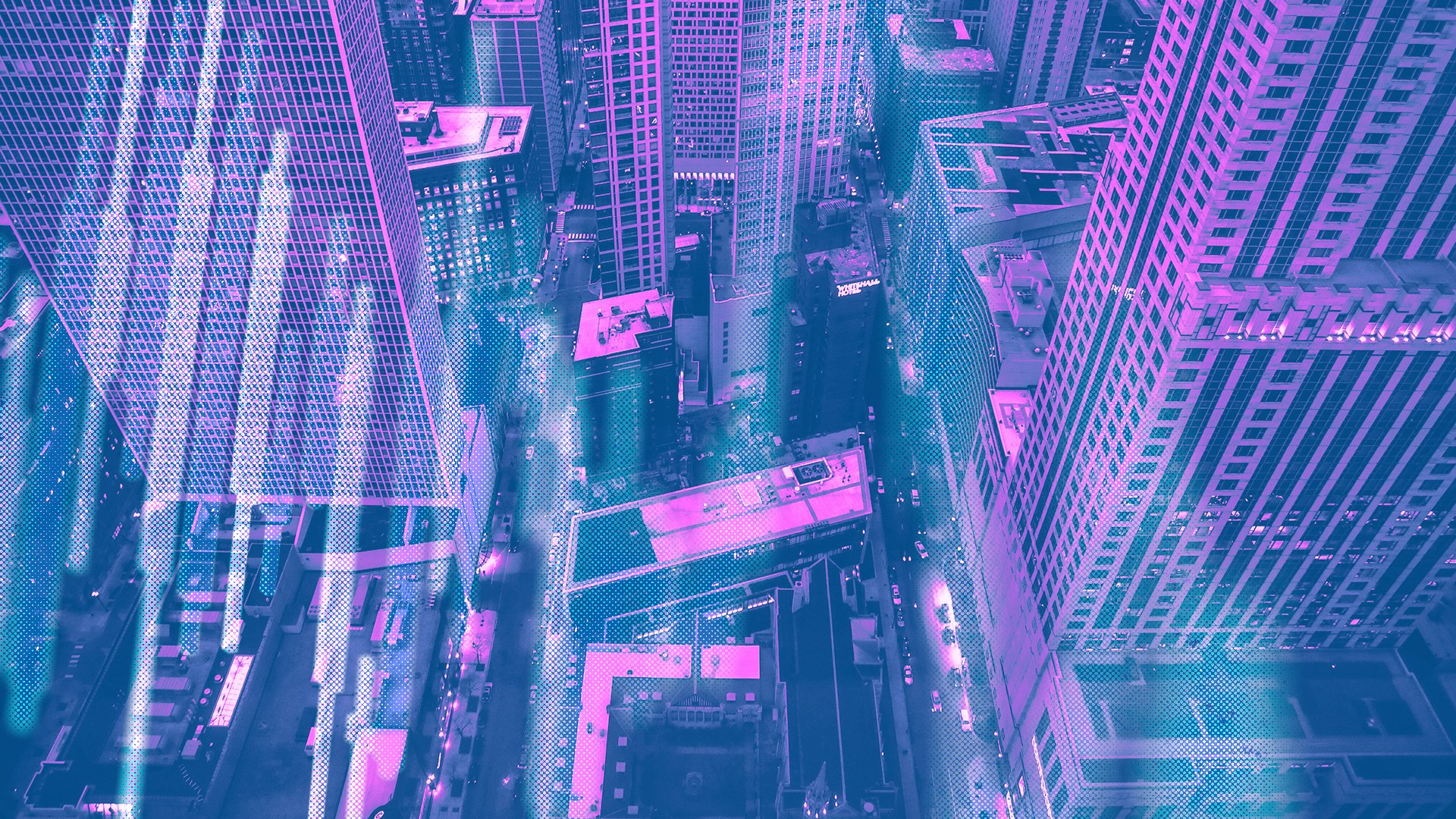
If you own something valuable, like a painting, a house, or even a rare sneaker collection, this may interest you. What if you could turn that thing into a digital version that people could buy, sell, or trade online?
That’s the basic idea behind real world asset tokenisation. It’s a hot topic in today’s digital economy, and it’s shaking up how we think about owning and investing in material items.
What does "tokenisation" mean?
Tokenisation is creating a digital twin of something real. You take a physical asset and turn it into a digital token. This token exists on a blockchain.
You can also split the digital asset into smaller units. Each token represents a piece of that asset. For example, if you tokenise a $1,000,000 house, you could split it into 1,000,000 tokens worth $1 each. Then, people can buy those tokens and own a tiny slice of the house.
Why tokenise real world assets?
Real world asset tokenisation could solve some big problems and open up new possibilities.
Easier access to investing
Normally, buying something like an apartment or a piece of art can require a large spend. Tokenisation lets people buy just a small part of it instead. So, even with $50, people could own a fraction of something valuable.
Faster buying and selling
Selling a house or a rare collectible can take months. There’s paperwork, lawyers, and waiting around. With tokens, it’s all digital, so trades can happen in minutes online.
More people can join in
Tokenisation makes it possible for anyone with an internet connection to invest.
Examples of Real World Assets
-A big apartment building gets split into thousands of tokens. You buy a few and technically own a tiny piece of it.
-A famous painting worth millions is tokenised.
-Even traditional investments like stocks can get the token treatment for easier trading.
How does it work?
Pick an asset: Someone decides to tokenise something, like a property.
Create tokens: Make digital tokens that represent the asset.
Sell the tokens: These tokens go on a platform where people can buy them with money or cryptocurrency.
Trade: Once you own a token, you can hold onto it, sell it, or trade it.
Are there any downsides?
Tokenisation has some challenges. Governments are still figuring out how to regulate it. If you’re not into tech, the blockchain part might feel overwhelming at first. And, like any investment, you could lose money if the asset’s value drops.
It is also essential to understand exactly what rights a tokenised real world asset confers on the holder of the token. For example, it may be a contractual right to receive returns (e.g. in the case of property, rental income or the sale of property).
It could also be a contractual right to request delivery of the property, for example, in the case of tokenised gold. As there are many different forms of tokenised real world assets, it is possible that the legal rights attaching to any particular token could be unclear or unenforceable.
Conclusion: Real World Asset Tokenisation
In the future, trillions of dollars’ worth of assets could be tokenised. That’s everything from skyscrapers to rare comic books. And it could be a growing industry in the future, so it might be a good idea to keep an eye on the technology.
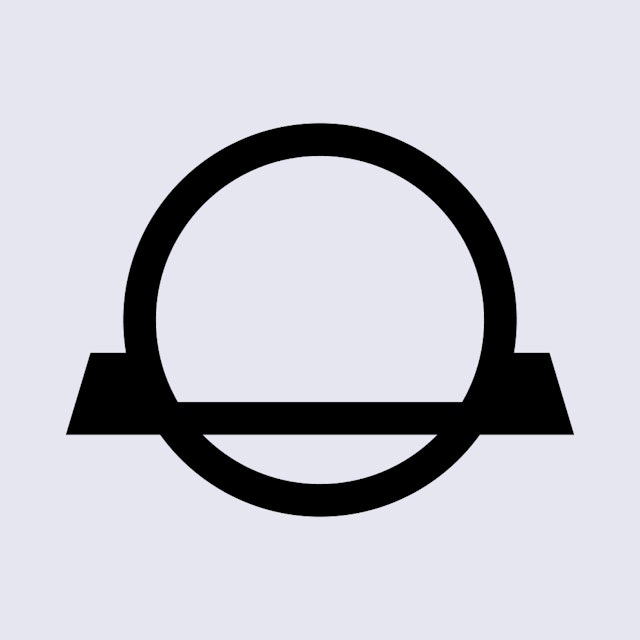
Suggested Articles
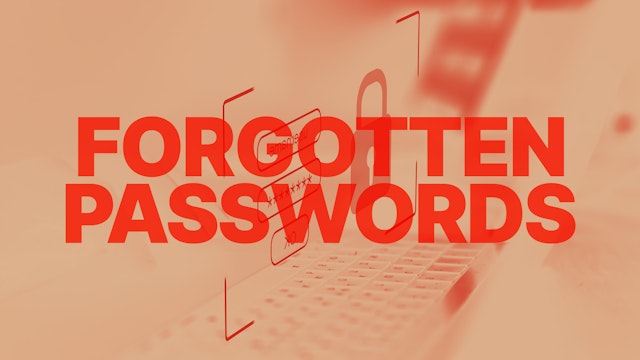
Forgotten Password? How to Recover Your CoinJar Account
Occasionally, our customers can forget their password. Here's what to do next if this happens to you.Read more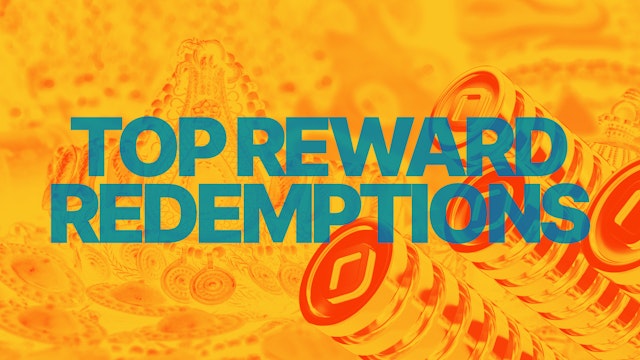
What Do CoinJar Customers Redeem Most With Their Rewards Points?
Australian CoinJar customers can use accumulated rewards points to get cool stuff from the CoinJar Rewards store. But what are the most popular items?Read more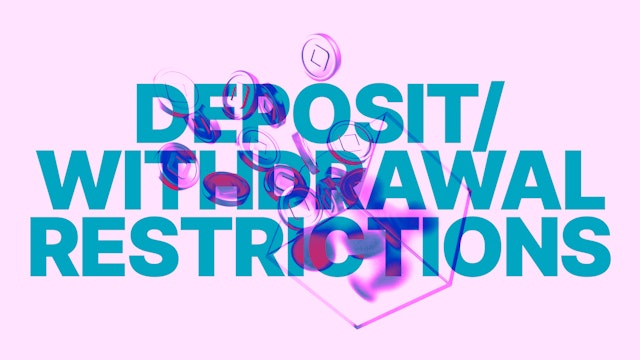
Are You Having a Problem with Withdrawals and Deposits?
Occasionally, there can be a problem with deposits and withdrawals on CoinJar. Here are some solutions. Read moreBrowse by topic
Your information is handled in accordance with CoinJar’s Privacy Policy.
Copyright © 2025 CoinJar, Inc. All rights reserved.
CoinJar, Inc. is a registered Money Services Business with FinCEN and licensed as a money transmitter, NMLS #2492913. For a list of states in which CoinJar, Inc. is licensed or authorized to operate, please visit here. In certain other states, money transmission services are provided by Cross River Bank, Member FDIC.
This site is protected by reCAPTCHA and the Google Privacy Policy and Terms of Service apply.
